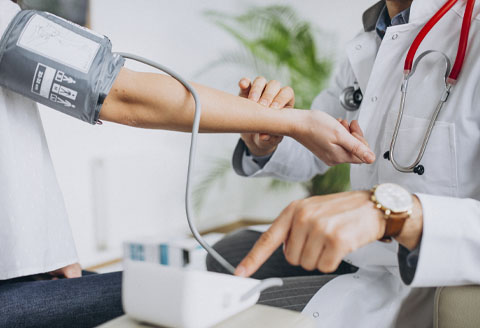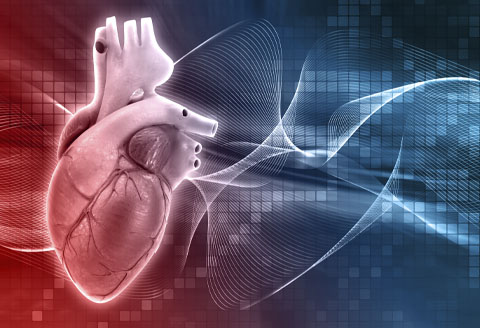ABLATION

Atrial Fibrillation
Atrial fibrillation (AFib) is a widespread heart rhythm disorder affecting millions globally. It happens when the heart’s upper chambers (atria) beat chaotically and quickly, causing symptoms like palpitations, shortness of breath, and fatigue. The most critical consequence of AF is stroke.
Catheter ablation of atrial fibrillation is a minimally invasive treatment that offers the possibility of eliminating—or significantly improving—symptoms of AFib by eliminating the triggers that start the arrhythmia. During this procedure a slim, flexible tube (catheter) is inserted into a vein in the groin and guided to the heart. The catheter then applies energy (heat) to the target areas, forming scars that block the abnormal electrical signals from entering the heart and triggering AFib. Catheter ablation can significantly alleviate AFib symptoms, reduce reliance on chronic medication, and improve quality of life. Clinical studies show that catheter ablation of AFib is more effective than medication treatment at eliminating the arrhythmia and improving quality of life. AFib ablation is the most rapidly growing activity in the field of cardiac electrophysiology today.
Dr. Chow is an expert at catheter ablation of atrial fibrillation. He uses advanced 3D mapping technology to literally draw the electrical conduction through the heart, helping to identify areas to target for ablation in order to eliminate the AFib. Ablation is being chosen by more and more patients as the treatment of choice for their AFib. Schedule an appointment to discuss treatment options for your atrial fibrillation.
ILR Implant
Regardless of the treatment strategy selected for AFib, follow-up monitoring for recurrence is a key part of the process. An important new weapon in the battle against AFib is the implantable loop recorder (ILR). An ILR is a small, thin device that continuously monitors your heart rhythm, and periodically sends that information to your doctor. It’s implanted just under the skin in the chest area through a very minor procedure that can be done in the office and takes just a few minutes. The main purpose of an ILR is to constantly monitor your rhythm, and detect any arrhythmias—regardless of whether or not the patient is even aware of them. The ability to detect asymptomatic arrhythmia is a revolutionary step forward, since research shows that even patients with symptomatic AFib will at times also experience asymptomatic episodes. With the safety of ILR monitoring, ALL AFib can be reliably detected. The battery life of a typical ILR device ranges from 2 to 5 years, after which the device is removed.


Anticoagulation
Many patients with Afib require anticoagulation—powerful blood thinners that help prevent blood clots and reduce the risk of stroke. Newer blood thinners have a therapeutic and safety profile that allows them to be administered without need for monitoring of drug levels—a major advantage. However these medications are expensive, and not all insurance plans will cover them. For some patients financial and insurance issues will direct them to warfarin (Coumadin) instead. However, warfarin does require careful monitoring of the PT/INR—measurements of blood thinness. This is done by blood testing every 4-6 weeks.
SVT Ablation
Supraventricular tachycardia (SVT) is another common heart rhythm problem that can be completely cured through catheter ablation. SVT involves a “short circuit” in the heart’s normal rhythm due to abnormal electrical fibers within the heart muscle. People with SVT experience sudden, rapid heartbeats at inappropriate times, for no apparent reason. These arrhythmias start and stop suddenly and unpredictably.

